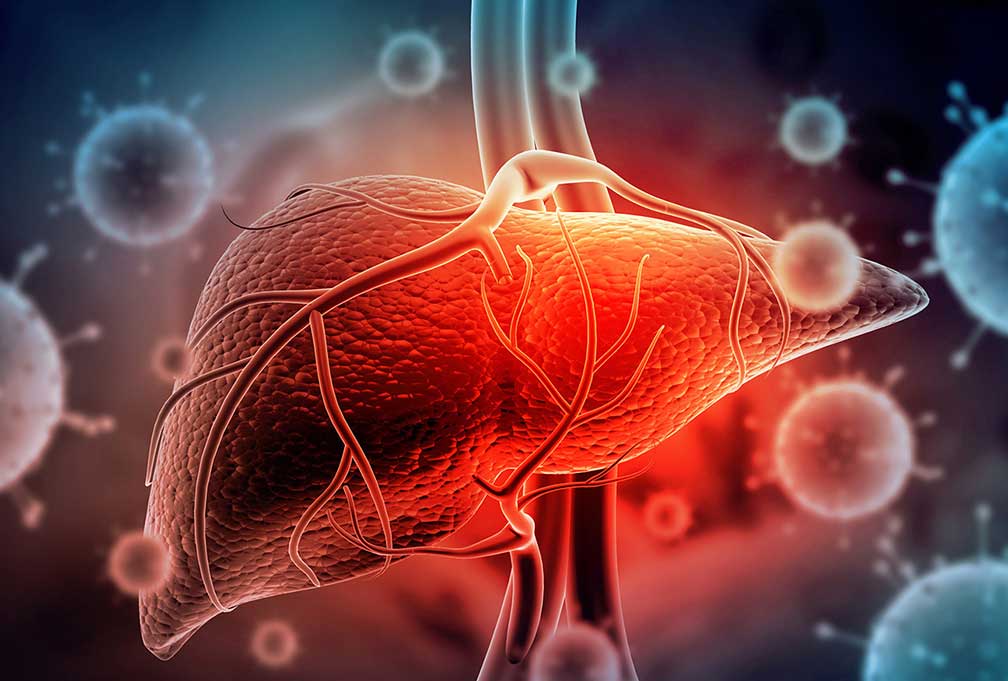Clinical laboratory expert weighs in on important biomarkers for COVID-19 disease severity.
Much of SARS-CoV-2 testing has been focused on identifying the presence or absence of COVID-19 through RT-PCR and antigen testing. Attention has also been given to antibody testing, which examines potential immune responses and epidemiology. While COVID-19 testing has seen significant breakthroughs in the relatively short time that it has been studied, an often overlooked area of testing includes other clinical biomarkers related to COVID-19.
To better understand the implications of clinical biomarkers influenced by COVID-19, the COVID-19 STAT Intelligence Briefings Service interviewed Frederick (Fritz) Kiechle, MD, PhD, to learn more. Kiechle is the Medical Director at Boca Biolistics in Pompano Beach, Florida, and is a recognized expert in the field of clinical laboratory science. Kiechle is one of the first pathologists in the US to set up molecular testing in a hospital laboratory and has written several textbooks on collecting, transporting, and preparing medical laboratory specimens for analysis.
Kiechle draws focus to raising awareness of specific biomarkers as a way to improve clinicians’ capabilities of managing the progression of COVID-19 disease. “The literature would like you to believe that all you have to do is look at the usual biochemistry tests and, from them, pick some markers that are of value,” Kiechle warned. “This is an over-simplification, but there are ways to find out how to improve our capabilities of determining severity of disease and outcomes.”
General COVID-19 Clinical Biomarkers

For COVID-19 STAT, Frederick (Fritz) Kiechle, MD, PhD, reviews often overlooked biomarker changes and related clinical laboratory testing at different stages of COVID-19 disease. (Photo copyright: The Dark Intelligence Group)
In determining which clinical biomarkers are most relevant and yield the most meaningful data, Kiechle indicated that the severity of the disease must be taken into consideration. “It depends on the stage of disease, which biomarkers are the most valuable,” Kiechle said.
Kiechle identified the four distinct COVID-19 disease stages that will be familiar to many clinicians. These include and are defined as:
- Stage 1, or a mild disease. Symptoms include cough, dyspnea, fatigue, and sometimes nausea;
- Stage 2, or moderate disease. Similar to stage 2 but includes moderate shortness of breath;
- Stage 3, or severe disease. Includes disseminated intravascular coagulation (DIC), hypertension, respiratory rate >30, an O2 saturation of 93% or less, vasculitis, and cytokine storm symptoms; and
- Stage 4, or critical disease. This includes respiratory failure requiring mechanical ventilation, strokes, and other organ failure.
For mild disease cases,“Watch for hematology and watch for chemistry; those are the two major areas for the mild disease,” Kiechle told STAT COVID-19. “There are important biomarkers to consider in the mild stage: “White cells are down; neutrophils are down; lymphocytes are down; platelets are down; C-reactive protein is up; the transaminases are up; GGT is up; and LDH is up,” he said, listing biomarkers that should be tested and what values to expect.
In the mild stage of the COVID-19 disease process, not all these biomarkers will necessarily be extremely important. “A lot of these are just saying, ‘hello, you have a problem,’” Kiechle said. “But we can’t specifically say what the problem is, except that some of these liver function abnormalities from the hematology trends give you a clue that you’re probably dealing with COVID rather than something else. But you need a large battery of tests to assimilate what’s going on. You can’t just do one or two tests; you must do a number of tests.
“As the disease becomes more moderate (keeping in mind that mild and moderate often are combined together), I say that moderate is like mild, but the laboratory tests may have higher highs and lower lows,” Kiechle explained. “If it’s going high, it could go higher; if it’s low, it could be lower.”
Important Biomarker Changes as COVID-19 Progresses
One important change in the moderate phase is the increased relevance of cardiac biomarkers. “You begin to see some of the cardiac phenomenon occur in the moderate phase,” Kiechle warned. “Those are expressed by cardiac enzymes—CK, CK-MB, troponin, increased BNP (that’s probably because you’re short of breath), and increased myoglobin.
As COVID-19 enters the severe stage, other clinical biomarkers become more important. “Lymphopenia, high [prothrombin time] PT, and high D-dimer are the most frequently quoted as the lab findings associated with the severe phase,” Kiechle said. “However, the patient now begins to move into the phase of cytokine storm, which either goes and goes away, or goes and stays and makes it worse and the patient becomes critical.”
Kiechle considers certain clinical biomarkers important when considering the possibility of a cytokine storm. “There’s a type-1 interferon deficiency that has been reported in Nature where if you have low interferon alpha levels, it suggests that a cytokine storm is on its way,” Kiechle explained. “A cytokine storm is indicated by increased interleukin-6, which is something everybody knows. But interferon gamma and tumor necrosis factor (TNF) can also be indicators.”
“Increased fibrinogen, calprotectin, and procalcitonin can also be seen in the severe stage,” Kiechle said. “It’s interesting that procalcitonin goes up, because procalcitonin is supposed to not go up in viral diseases, only in bacterial diseases. So this is an interesting phenomenon that I have yet to see an explanation for.”
In the critical stage, “You have substantial decrease in the density of natural killer T-cells,” Kiechle said. “Increased bilirubin, increased [blood urea nitrogen] BUN, and increased creatinine are all findings. The bilirubin just means the liver disease is getting worse, and the BUN means the kidney is finally getting involved. Acute kidney injury is what you see, but many of these organ system involvements usually are reversible if the patient’s condition improves.”
Biomarker Observations Help to Inform Clinical Laboratory Testing Strategies
Pathologists and medical laboratory scientists already know the power of biomarkers as anatomical tools to help patients with chronic diseases. Likewise, many clinical biomarkers can yield useful information at each stage of the COVID-19 disease process.
By understanding how and when various biomarkers should be tested, clinical laboratory directors can help clinicians to better order and utilize lab testing as part of treating COVID-19. As deemed appropriate, biomarker testing may result in higher clinical laboratory test volumes and associated revenue.

—By Caleb Williams, Editor, COVID-19 STAT
Related Resources:
Nature: An inflammatory cytokine signature predicts COVID-19 severity and survival
Nature: The type I interferon response in COVID-19: implications for treatment
The Lancet: The conundrum of interleukin-6 blockade in COVID-19






